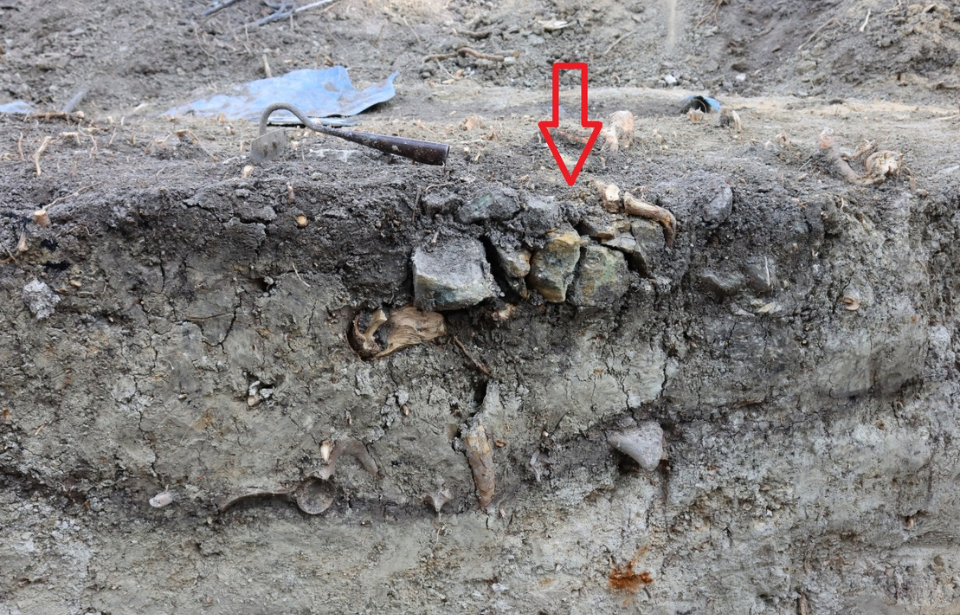An unusual discovery was made near a cathedral in Chełm, Poland: a 13th-century anti-vampire burial plot. While a somewhat common discovery in Europe, what makes this particular find different from the rest is it contains the remains of two children, one of whom shows evidence of having undergone a “vampire burial.”
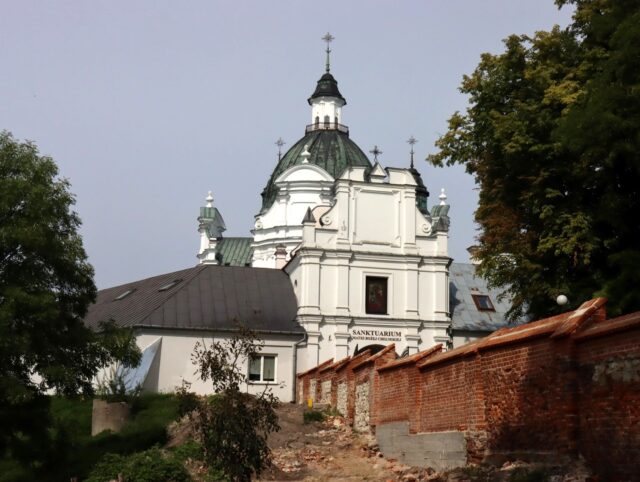
The unexpected discovery was made while the garden of the Palace of the Uniate Bishops was being renovated. As there are no records indicating its existence, it’s believed the burial site was undocumented.
Through the dating of ceramics and the analysis of sediment, a team of archaeologists, led by Dr. Staisław Gołub of the Lublin Voivodeship Conservator of Monuments, were able to determine the site dates back to around the 13th century. Neither of the children had been laid to rest in coffins, nor were there signs of funerary items placed at their graves.
Of note was the fact they were buried in gypsum soil, with their bodies positioned east-west and their skulls pointed toward the west. Two postholes were noted, with it theorized they served as grave markers. This indicates the site was, at one point, looked over, possibly to ensure the decedents didn’t reanimate.
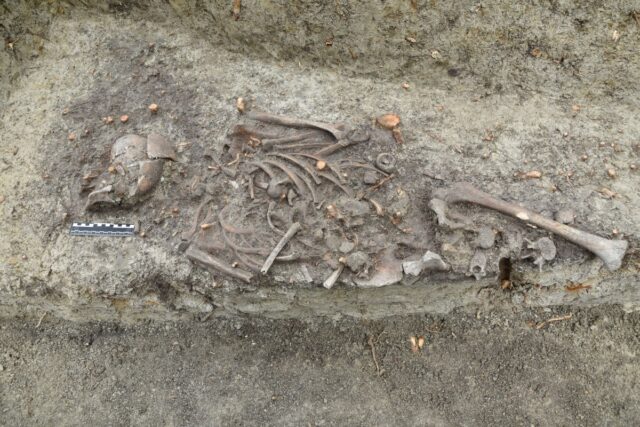
Throughout medieval Europe (particularly, in Eastern European countries), people believed in the existence of vampires, among other supernatural beings. It was thought the dead could return as the blood-sucking creatures and spread disease.
Modern-day research has shown that many of those accused of being vampires back in the Middle Ages were actually suffering from the likes of tuberculosis and other medical ailments.
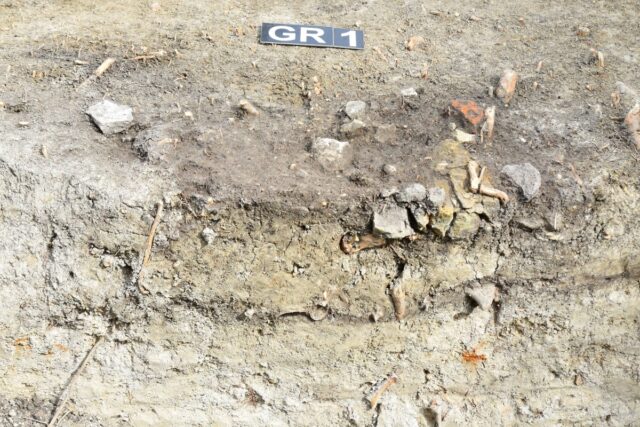
One set of remains shows clear signs of having been laid to rest in accordance with medieval-era anti-vampire rituals.
Along with being beheaded, the corpse was laid face-down and had heavy stones placed on its torso. As the Lublin Voivodeship Conservator of Monuments explains, this was to “prevent a person considered to be a demonic creature from escaping from the grave.”
Speaking with Archaeology News, Gołub said, “The burial clearly shows signs of anti-vampire practices, which were aimed at stopping the dead from rising again.”
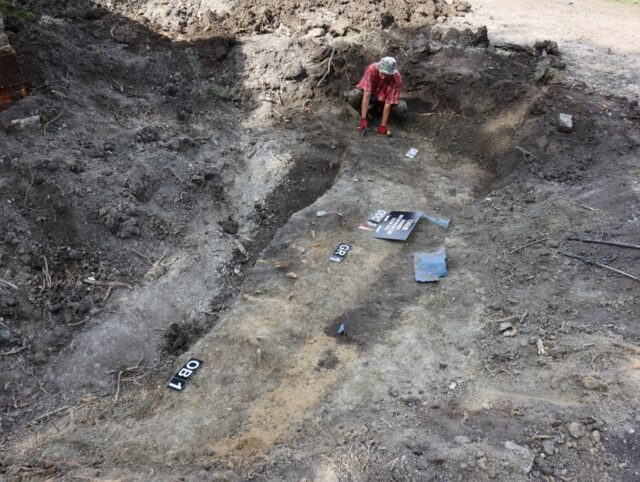
More from us: A Long-Standing Belief About Easter Island Has Been Debunked
Want to become a trivia master? Sign up for our Today In History newsletter!
Archaeologists currently don’t know the gender or age of the two children, nor their cause of death. Additional examination is planned to try and determine these factors, in the hopes of gaining a better understanding of how they came to be buried there.
